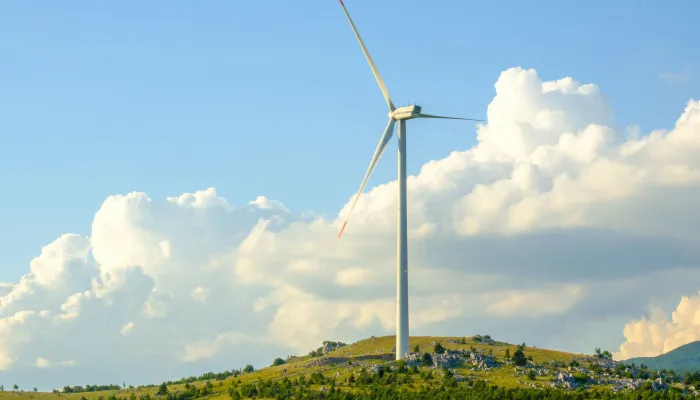This transformation of the sector is leveraged on two major axes: digitalization and sustainability. Technological solutions such as eco-design, sectoral traceability at the national level, and the adoption of cleaner and more efficient production processes, for example, in complex processes like dyeing, emerge as effective pathways for implementing circular economy models.
Due to the high concentration of companies in the sector in the Levante region of Spain and their proximity to each other, common and collaborative actions in the field of energy are seen as the most promising solutions. In this regard, with industrial symbiosis, companies can collaboratively use residual or valorized sources of raw materials, making more efficient use of resources and, therefore, improving their competitiveness.
The transition to sustainability also involves the incorporation of renewable energies in the industry. Therefore, major companies in the textile sector are already seeking alternatives in renewable energies, opting for photovoltaic generation or the incorporation of biofuels such as biomethane or biomass. In the long term, hydrogen will present itself as a solution with many advantages. Before that, the first step will be to conduct a techno-economic analysis of its incorporation into the industry to make the best decisions in the future.
The acceleration of innovation and the development of technological solutions capable of creating, modifying, and improving processes will play a significant role in enhancing the sector's competitiveness as it begins to weave its path towards decarbonization.








